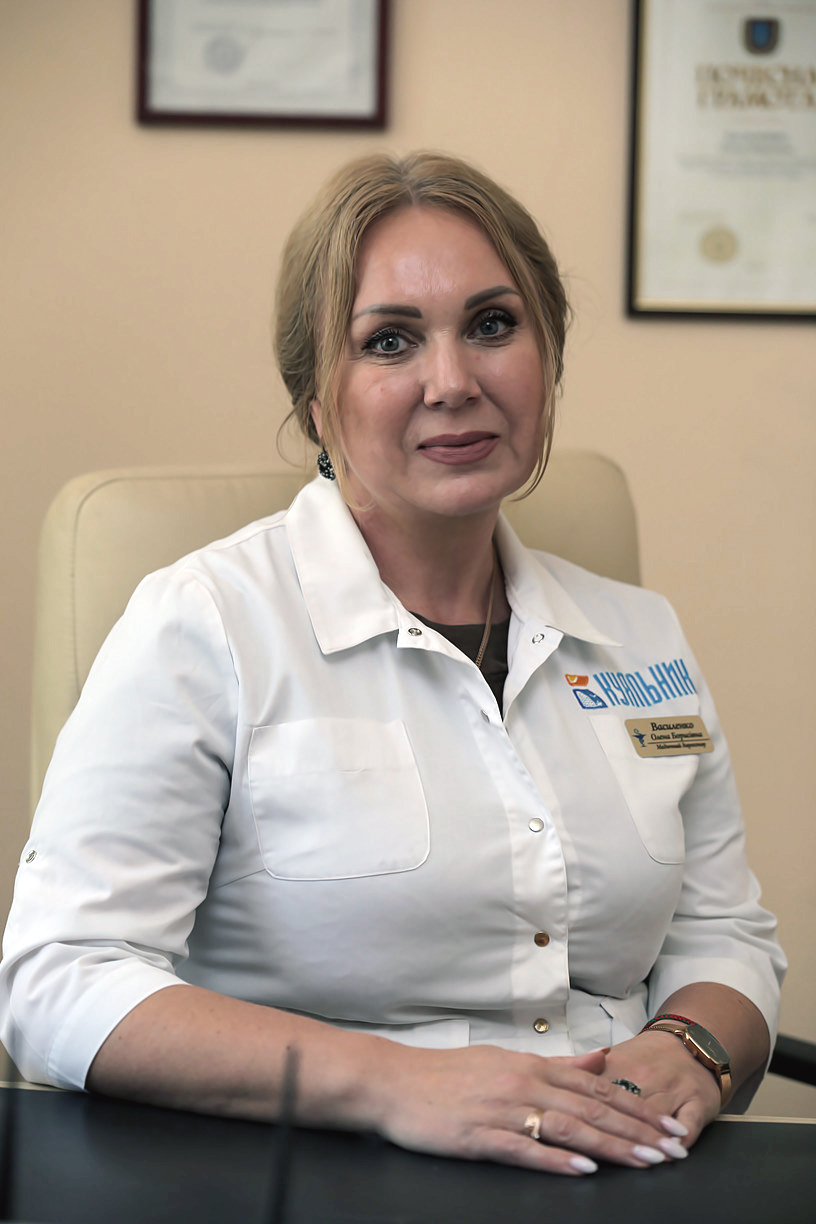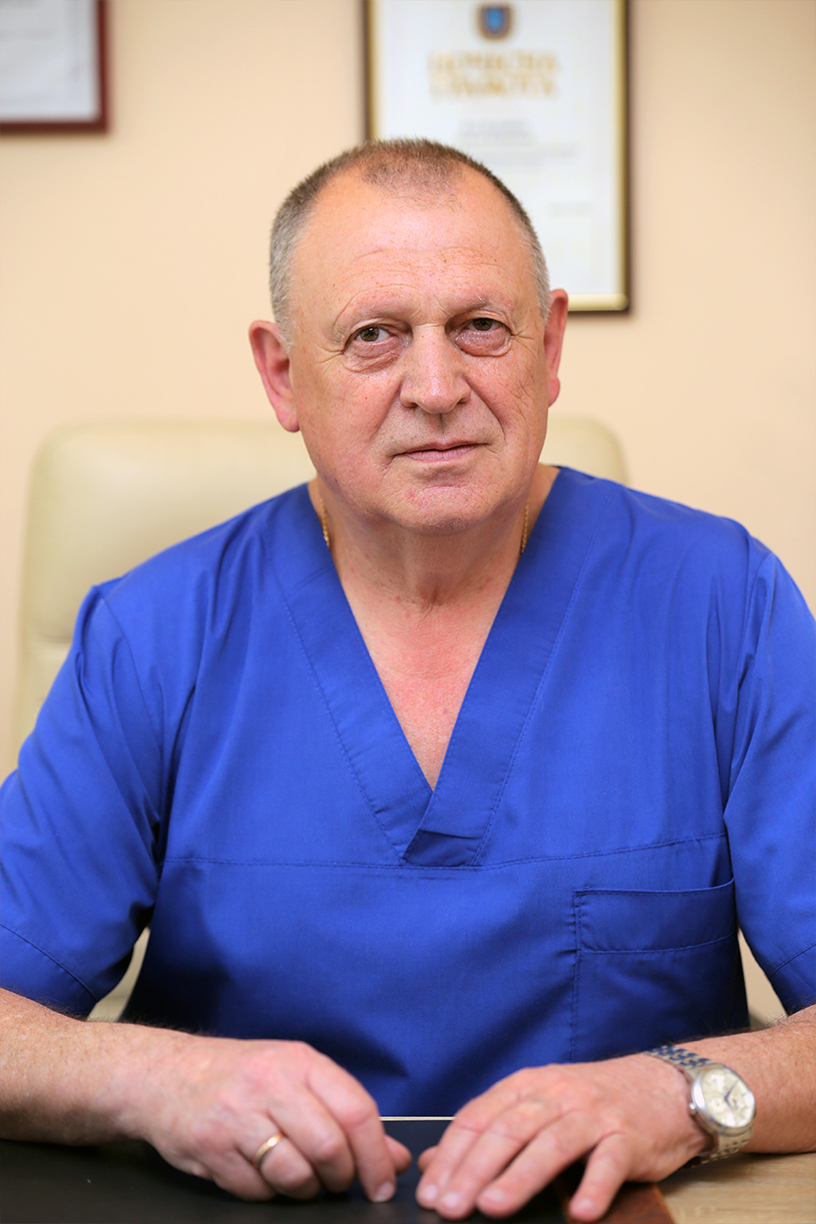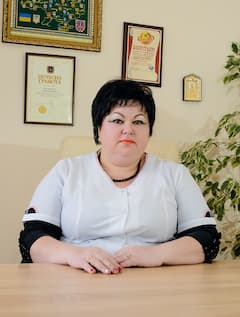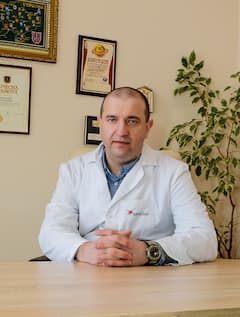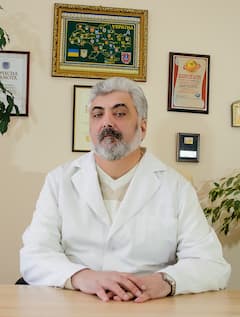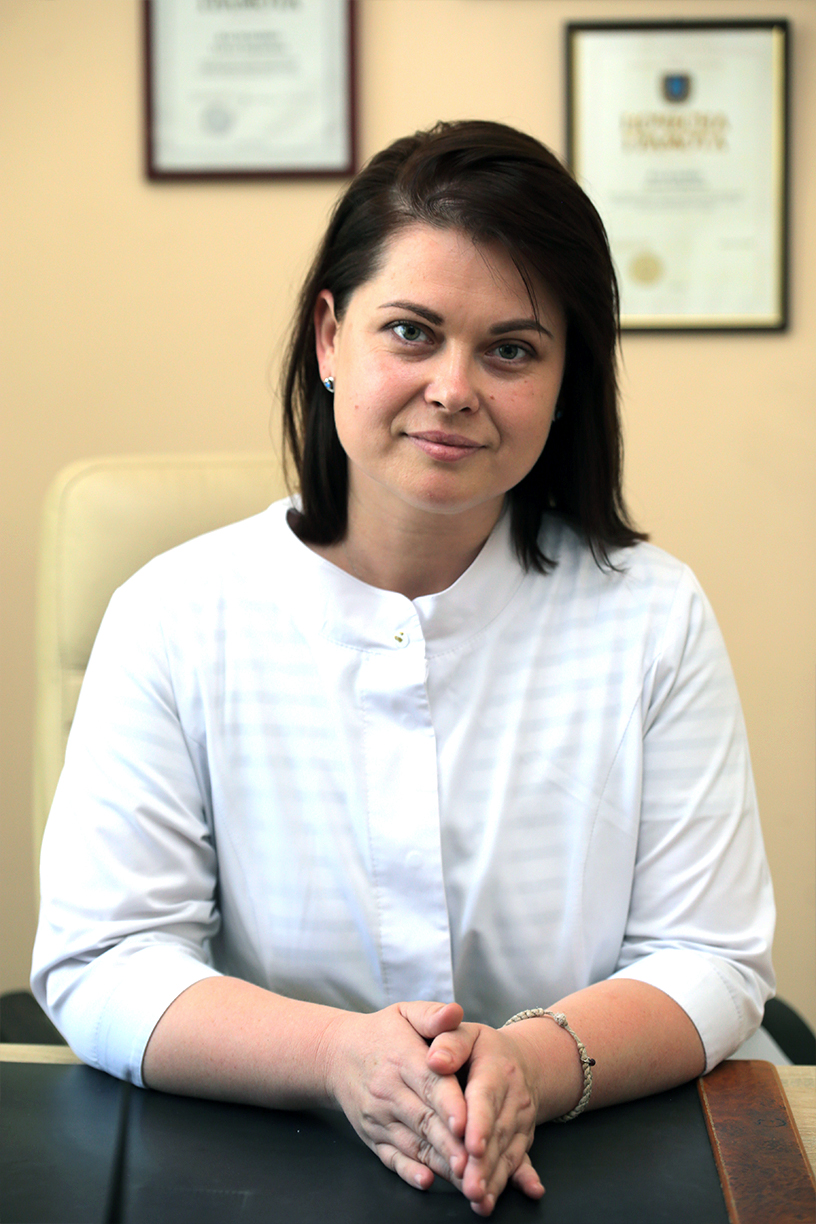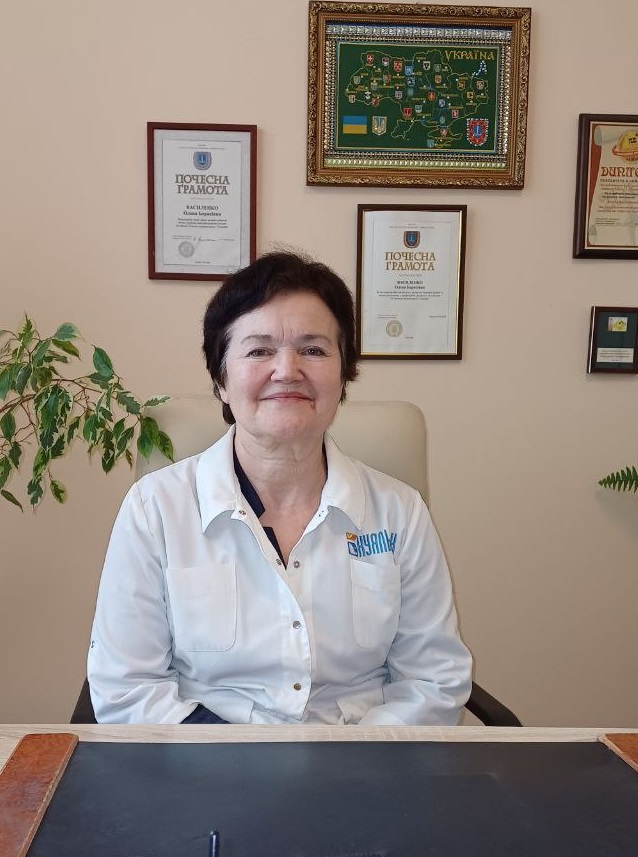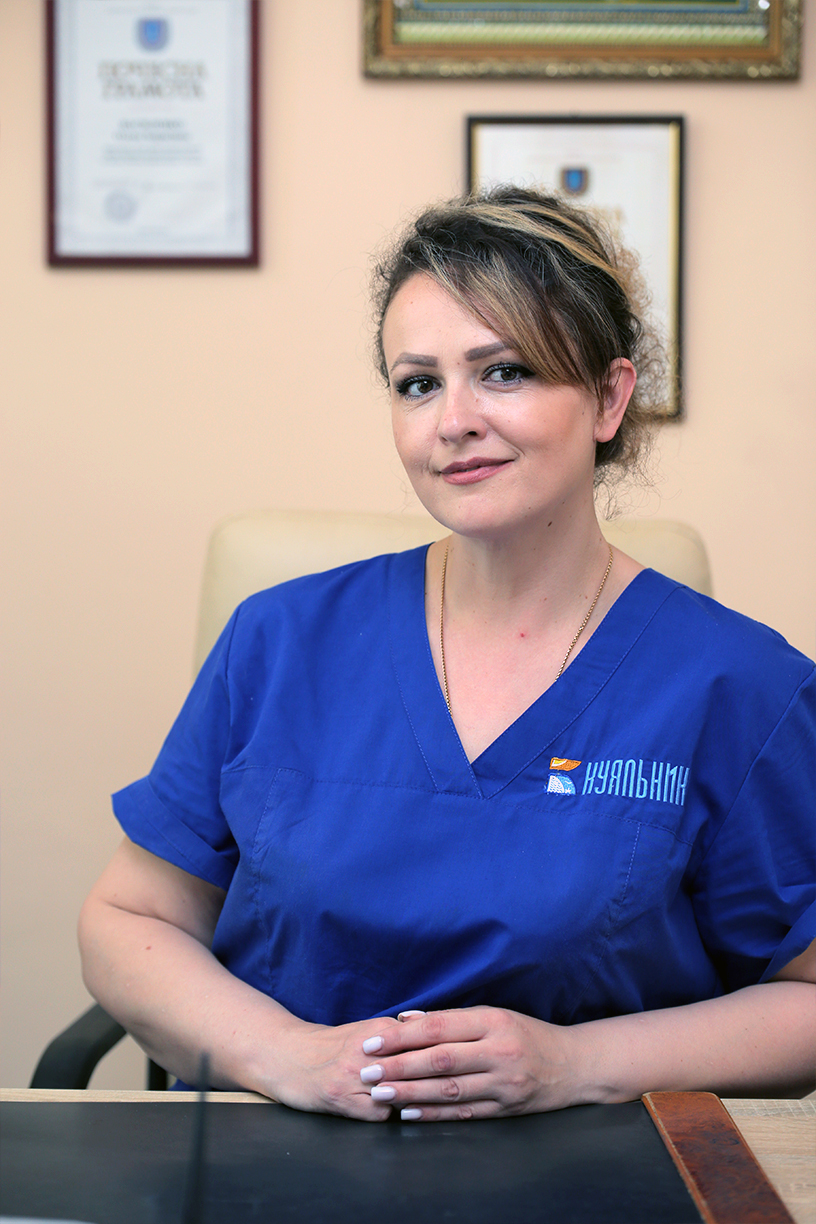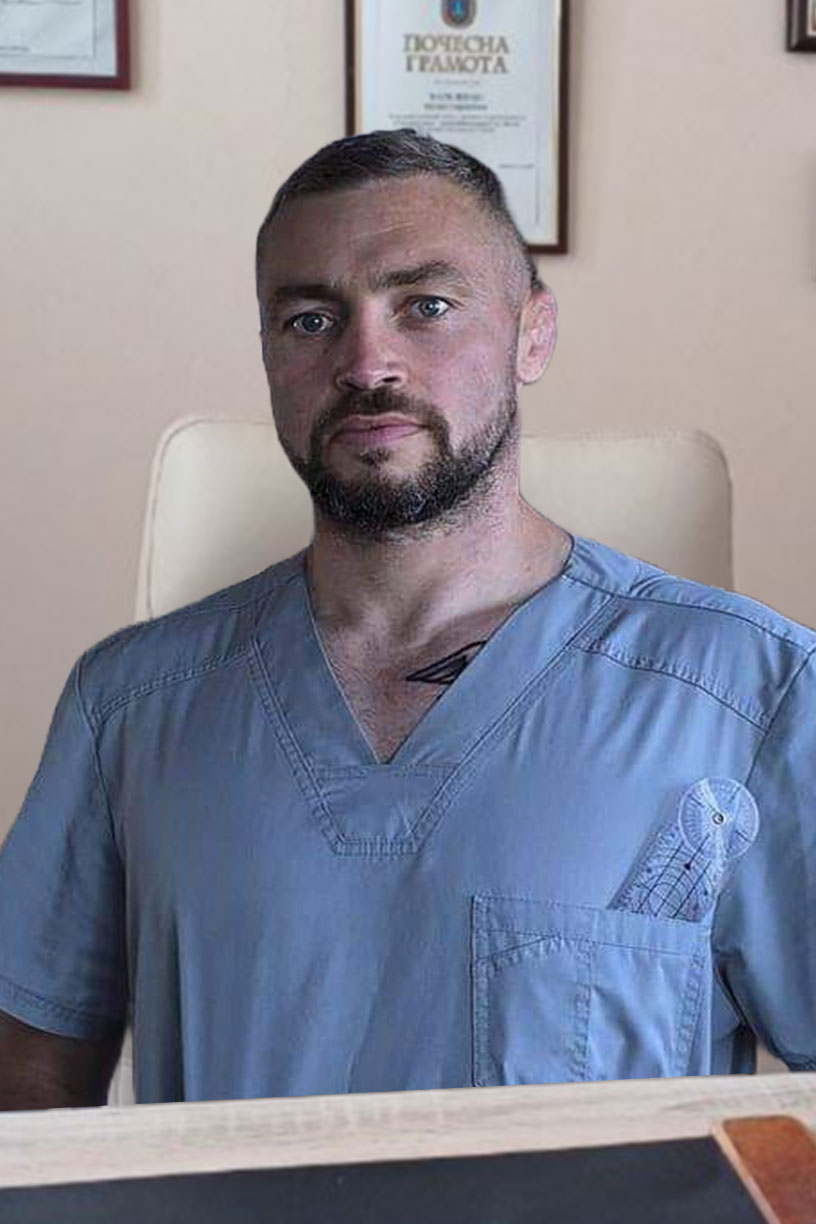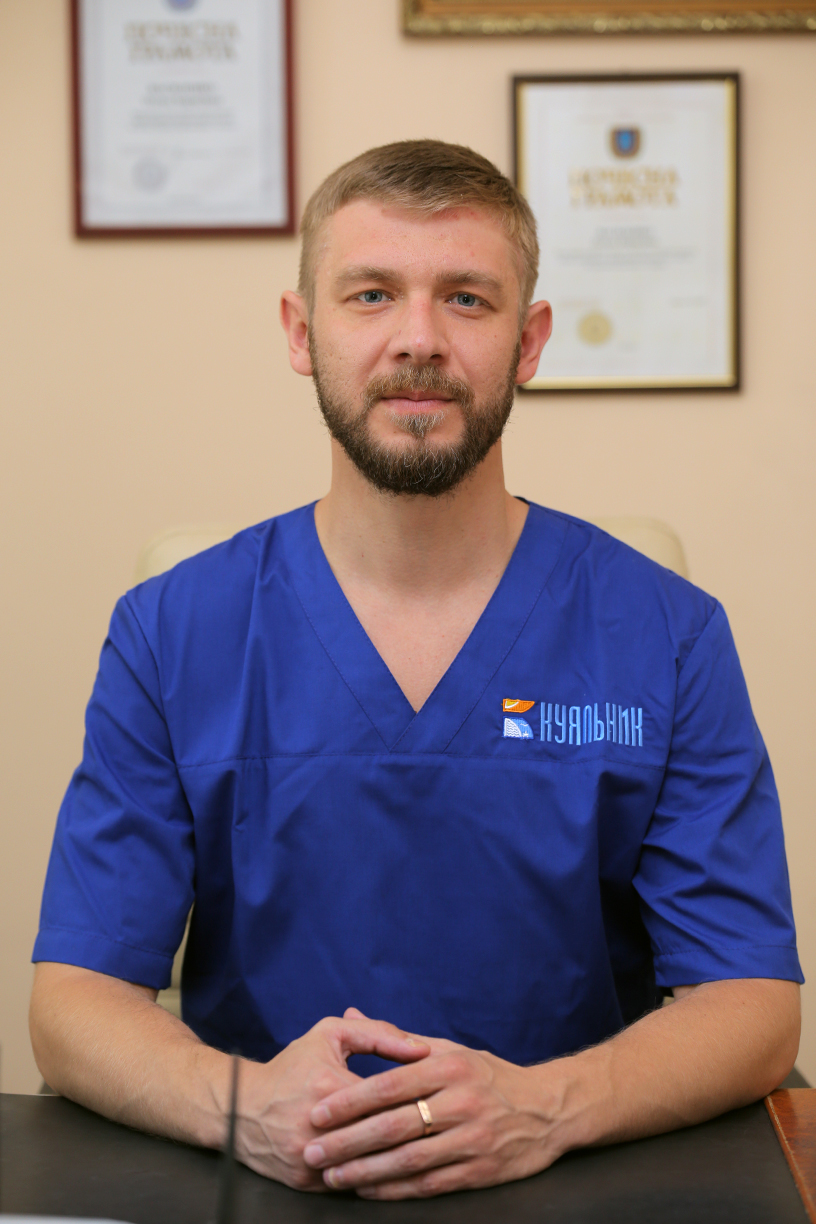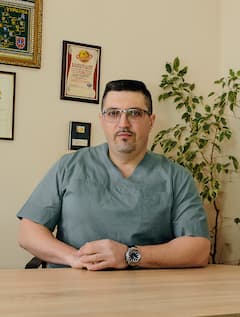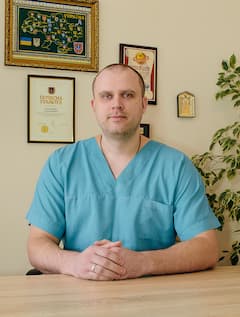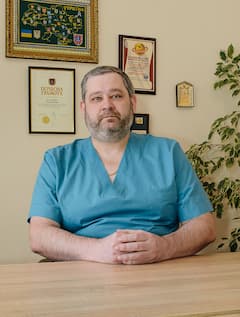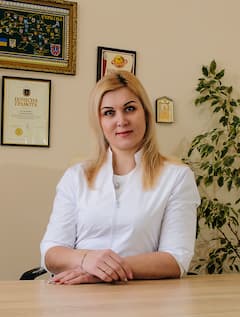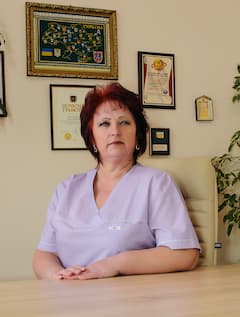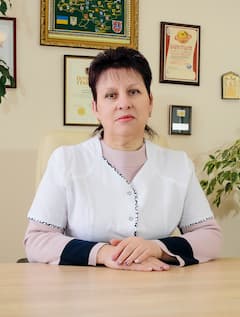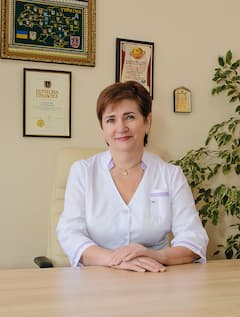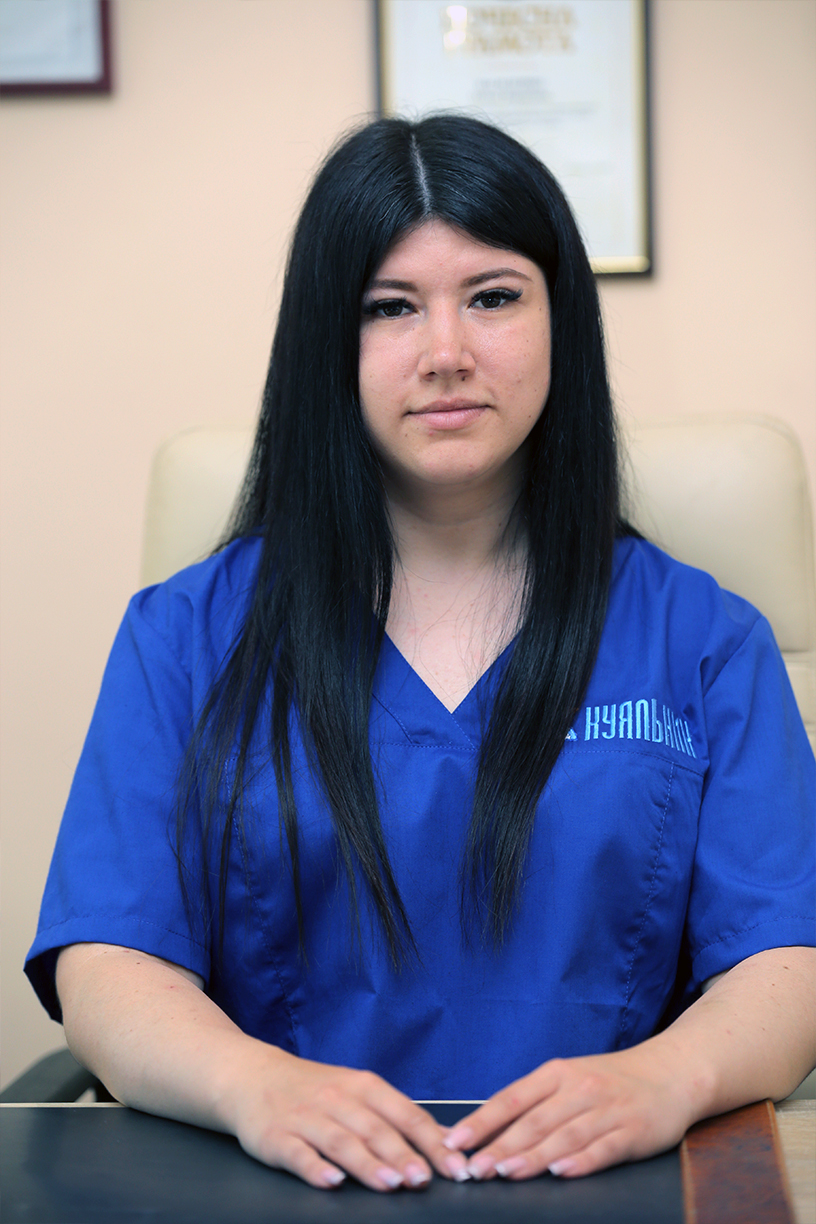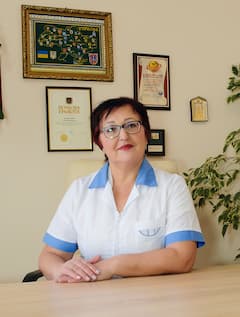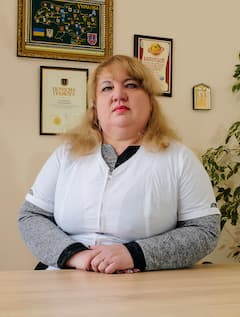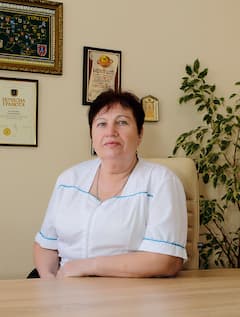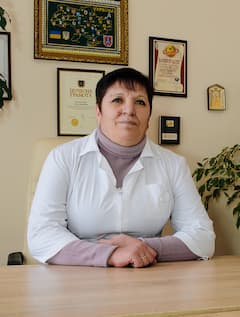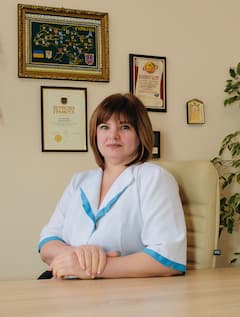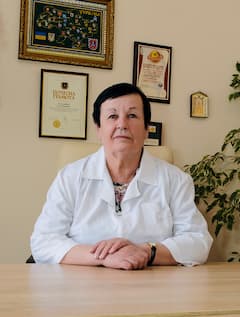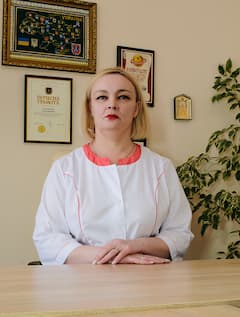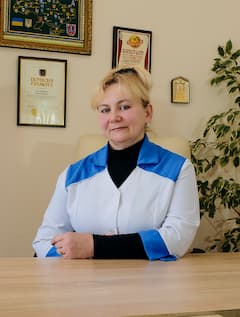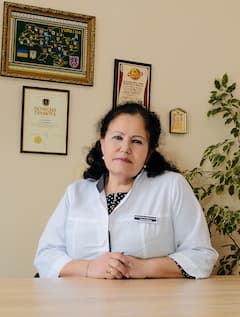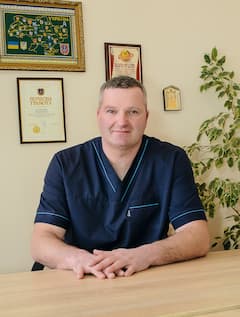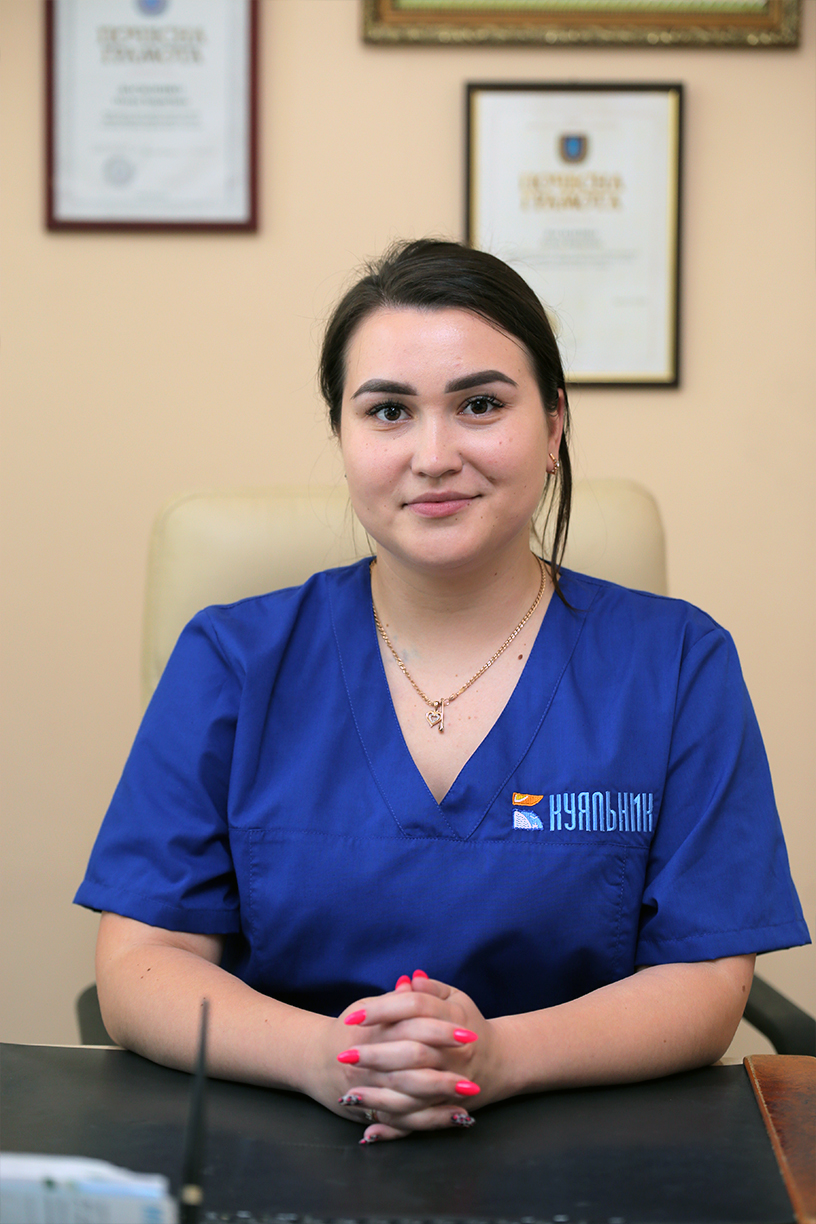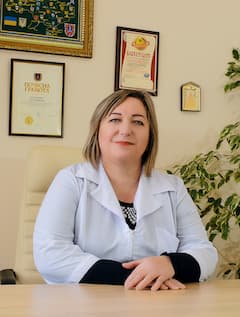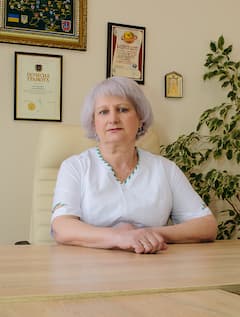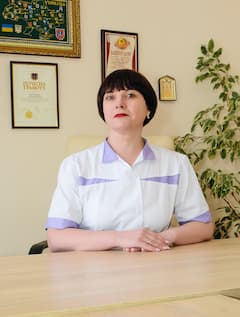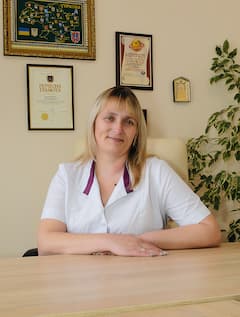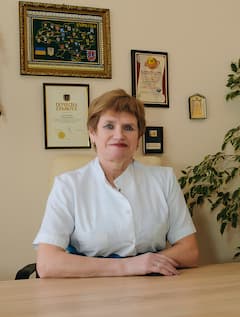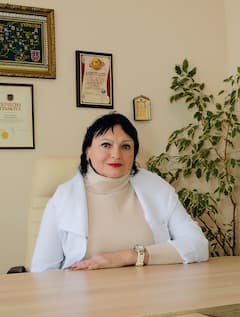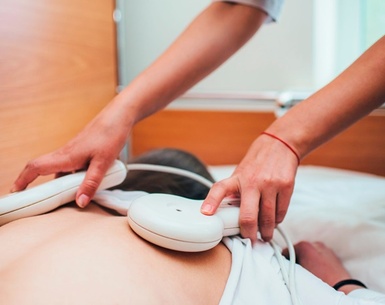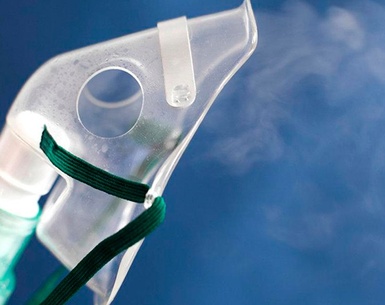Kuyalnik Sanatorium specializes in the treatment of nervous system diseases using a comprehensive approach and modern therapy methods. Unique natural resources, such as therapeutic mud and mineral waters of Kuyalnik Estuary, combined with highly qualified medical staff, ensure effective treatment and rehabilitation for patients with various neurological disorders.
Main Treatment Methods
At Kuyalnik Sanatorium, various methods are used to treat nervous system diseases, including:
- Balneotherapy: Baths and showers with mineral waters help relax, reduce stress, improve blood circulation, and enhance metabolic processes, positively affecting the nervous system.
- Mud Therapy: Therapeutic mud from Kuyalnik Estuary has anti-inflammatory and regenerative properties, helping reduce inflammation of nerve tissues and improve their functional state.
- Physiotherapy: The use of electrotherapy, ultrasound therapy, magnetotherapy, and other physiotherapeutic methods helps relieve pain, improve blood circulation, and restore nervous system functions.
- Therapeutic Exercise: Special exercises help strengthen muscles, improve coordination, and relieve tension.
- Massage: Relaxation and therapeutic massage helps relieve muscle spasms, improve blood circulation, and reduce stress levels.
- Psychotherapy: Individual and group psychotherapy sessions help improve emotional state, reduce stress, and develop coping skills for stressful situations.
Indications for Treatment
Main indications for treatment at Kuyalnik Sanatorium include:
- Vegetative-vascular dystonia: Comprehensive treatment programs help normalize the autonomic nervous system, reduce symptoms, and improve the overall condition of patients.
- Cerebral palsy: Therapeutic procedures help improve motor activity, reduce spasms, and enhance the quality of life for children with cerebral palsy.
- Nervous system diseases: General neurological disorders accompanied by pain, sensory disturbances, and motor impairments are successfully treated with mud therapy and physiotherapy.
- Facial nerve neuritis: Therapeutic procedures help reduce inflammation, restore facial nerve functions, and improve facial expressions.
- Brachial plexus neuritis: Physiotherapy, massage, and mud therapy help relieve pain, reduce inflammation, and restore brachial plexus functions.
- Simple migraine: Comprehensive treatment programs aim to reduce the frequency and intensity of migraine attacks and improve the overall condition of patients.
- Radiculitis: Therapeutic mud, physiotherapy, and massage help relieve inflammation of nerve roots, reduce pain, and restore motor activity.
- Chronic fatigue syndrome: Comprehensive treatment programs help improve overall well-being, increase energy, and reduce stress levels.
- Trigeminal neuralgia: Treatment helps reduce pain, improve quality of life, and restore the functionality of nerve fibers.
Contraindications
Main contraindications for treatment include:
- Acute infectious diseases: Treatment may be ineffective and even harmful during acute infections.
- Malignant tumors: Specialized treatment in oncology centers is required.
- Severe somatic diseases in the decompensation stage: Patients with severe heart, kidney, or liver diseases need to consult a doctor before starting treatment.
- Pregnancy: Some procedures may be contraindicated during pregnancy.
Advantages of Treatment at Kuyalnik Sanatorium
- Unique natural resources: Therapeutic mud and mineral waters of Kuyalnik Estuary have pronounced anti-inflammatory and regenerative properties.
- Individual approach: Each treatment program is developed considering the individual needs and condition of the patient.
- Comprehensive approach: Combining various treatment methods (mud therapy, physiotherapy, balneotherapy) ensures maximum effectiveness.
- Qualified medical staff: The sanatorium's doctors have many years of experience in treating nervous system diseases.
Admission and Treatment Procedure
The admission procedure at Kuyalnik Sanatorium begins with an initial examination and assessment of the patient. Doctors conduct necessary diagnostic studies, identify the main problems, and develop an individualized treatment program. All procedures are carried out under the supervision of experienced specialists, ensuring high effectiveness and safety of treatment.


